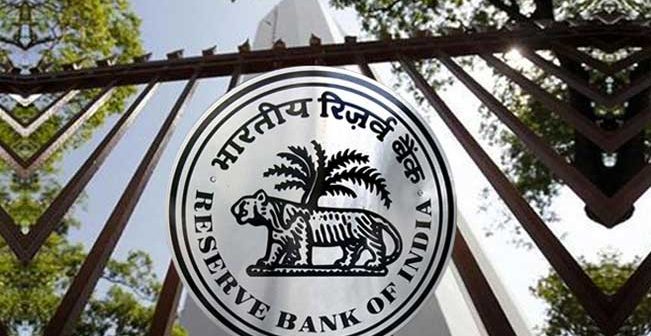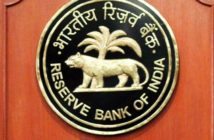(B.S)
The Reserve Bank of India (RBI) on Thursday conducted a variable rate repo operation to infuse liquidity, instead of its usual variable rate reverse repo operations (VRRR) to suck out cash, as a larger-than-expected goods and services tax (GST) collection tightened liquidity this week.
The central bank proposed to lend the banking system Rs 50,000 crore for a day, and got bids for Rs 65,700 crore. The cut-off rate was 4.06 per cent, and the weighted average rate 4.10 per cent, higher than the repo rate of 4 per cent. The weighted average call money rate, which the banks use for interbank lending, touched 4.3587 per cent on Thursday, showing liquidity stress in pockets of the banking system.
The lowest call money rate was 2.80 per cent, while the highest rate paid as call money was 4.65 per cent. This, according to bond market participants, reflected liquidity asymmetry, where one set of banks is low on liquidity while the money concentrates with the lender banks, usually public sector banks, because of their higher deposit base.
This is further bolstered by the fact that the total system liquidity is at a surplus of Rs 6 trillion, enough for the money market rates to remain soft. But even the overnight interbank rates have risen above the repo rate, along with the rise in money market rates and the 10-year bond yields.
“The system is now too used to largesse from the RBI. Any act of shaking the system out of this torpor will not be easy. Banks will push up the bond rates and force the RBI to relax its grip. Smaller private sector banks, though, are not as liquid as they were a few months back,” said a senior economist who follows the RBI closely.
The central bank has been continuously doing the VRRR auctions, aiming to remove progressively higher amounts from the banking system as its extraordinary liquidity measures flooded the banking system with funds.
Till December 31, the central bank had planned to remove Rs 7.5 trillion of liquidity through a 14-day VRRR auction. But in the auctions, banks had parked only Rs 2.67 trillion. The central bank tried to make good of the shortfall by conducting a Rs 5-trillion reverse repo auction on January 14, but banks offered Rs 4.31 trillion.
This rebalancing “has proceeded on a pre-announced glidepath and has evolved satisfactorily”, it said, adding it will “continue to rebalance liquidity conditions in a non-disruptive manner while maintaining adequate liquidity to meet the needs of the productive sectors of the economy”.





